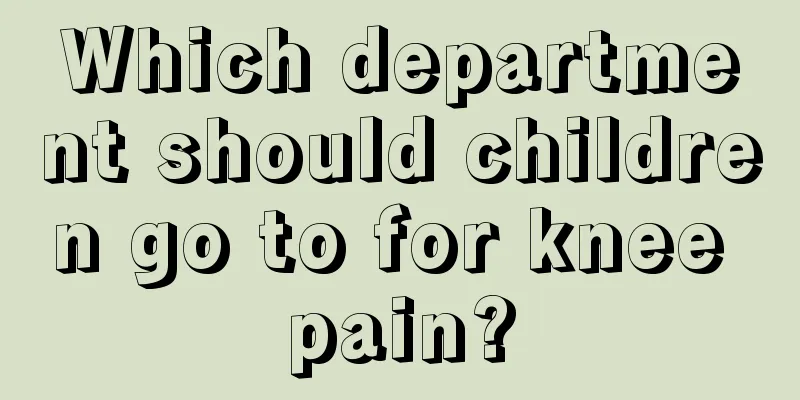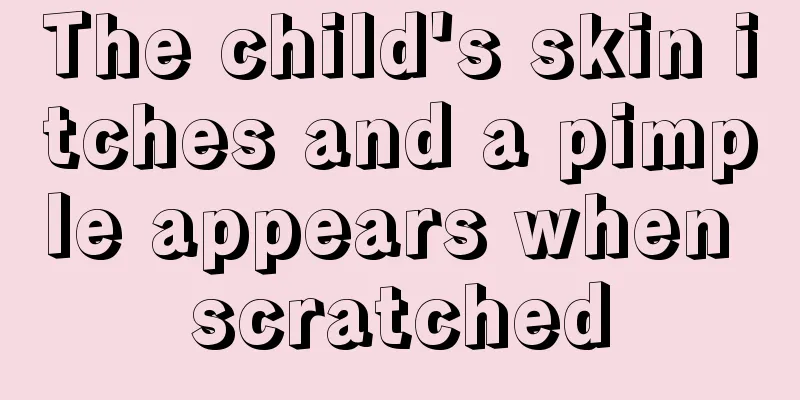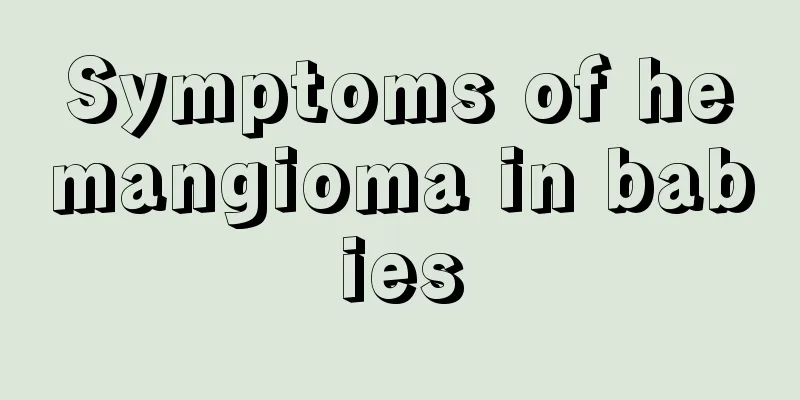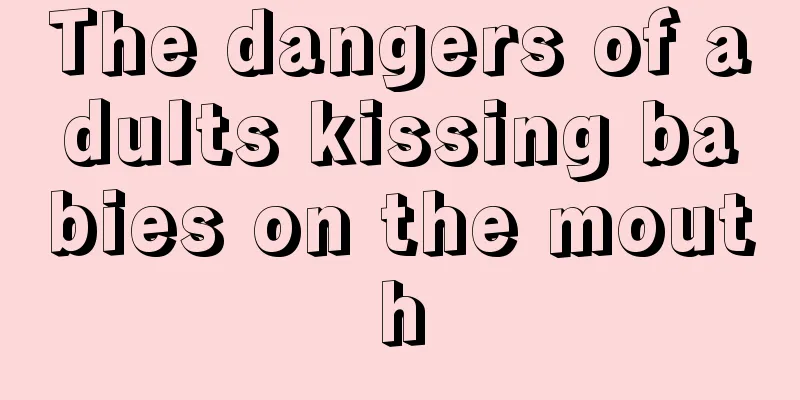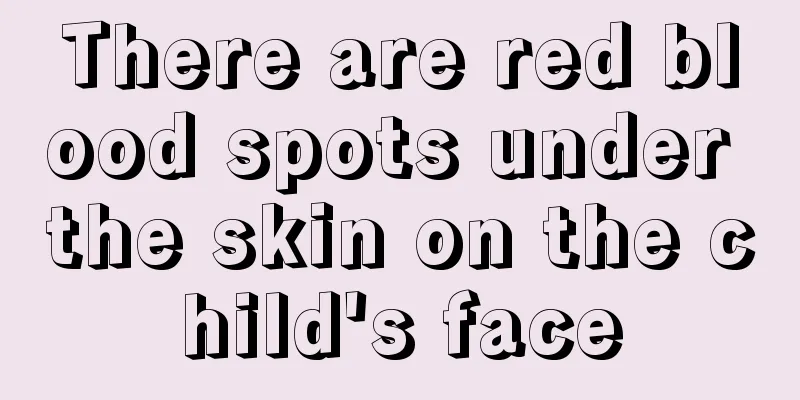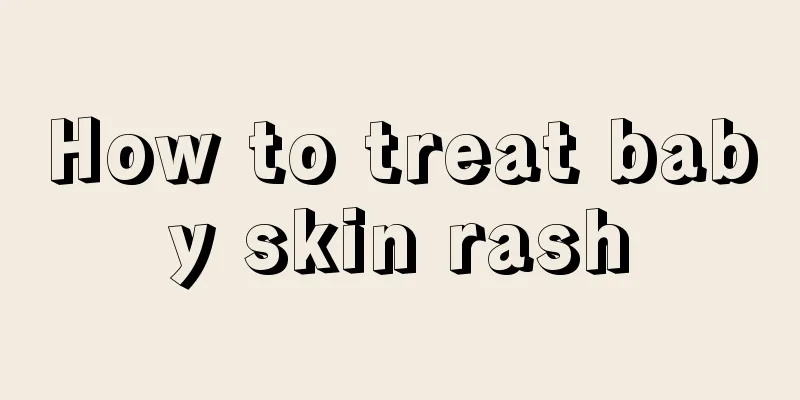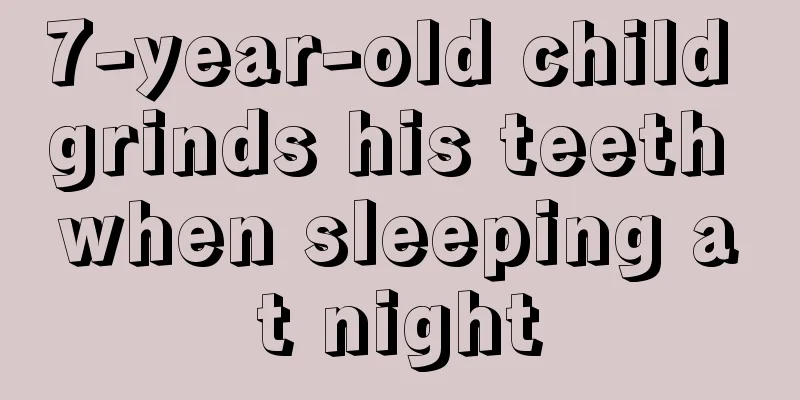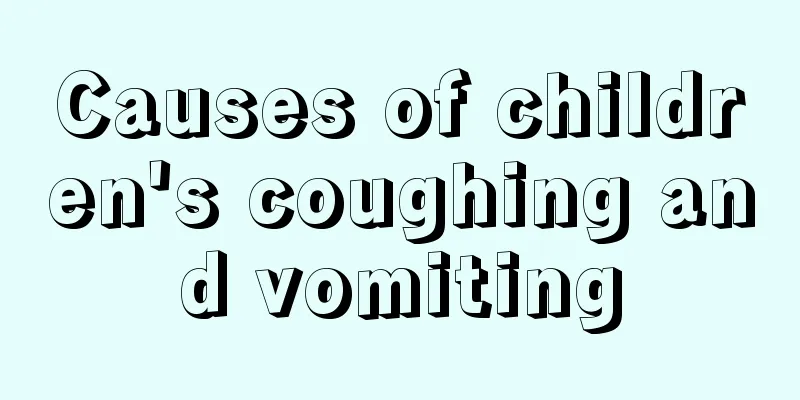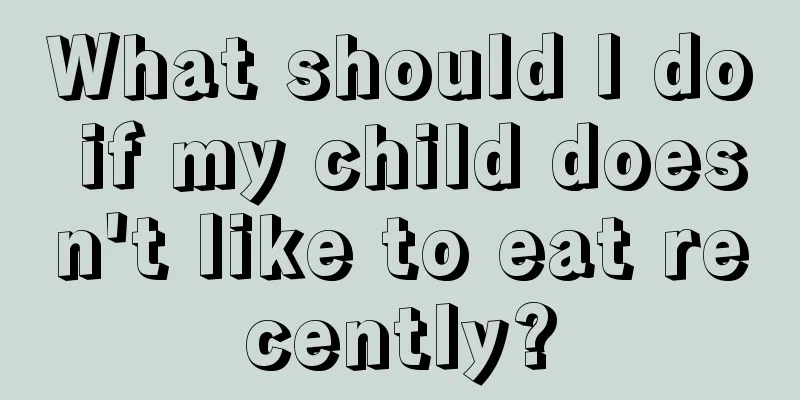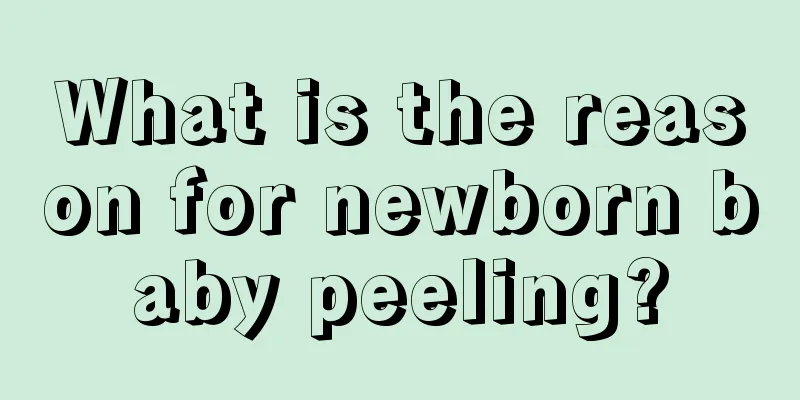Will children have convulsions when they have a fever?
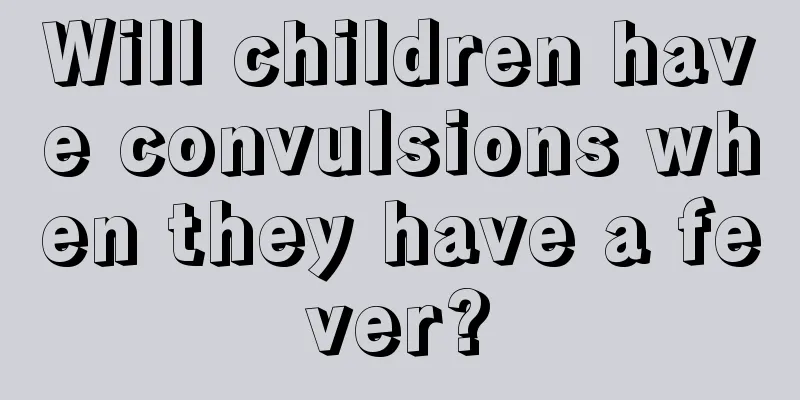
|
If a child often has a fever and is accompanied by convulsions during the fever, you must be vigilant about this symptom. Generally, patients with epilepsy will suddenly have symptoms such as foaming at the mouth, loss of consciousness, and whole-body convulsions in addition to fever. These symptoms will last for about a few minutes, or will recover in a dozen seconds. If epilepsy is suspected, it cannot be directly diagnosed from the symptoms alone, and you need to go to the hospital for a detailed examination. What are the symptoms of an epileptic seizure? 1. Petit mal seizure: A petit mal seizure is also called an absence seizure. The typical manifestation is that the patient has a brief loss of consciousness. Most of the time, there is a complete loss of consciousness. Occasionally, the consciousness disorder is shallow, and the patient has some awareness of the surroundings and can hear questions but cannot answer. Its characteristic is that the disturbance of consciousness is brief and frequent. Most attacks last 2-15 seconds each, never lasting more than a minute, and occur several to dozens of times a day. It happened suddenly and ended suddenly. It manifests as a sudden interruption of speech and activities, staring eyes, occasionally rolling up, and sometimes pale face, without any warning signs. Objects held in the hands fall to the ground, sometimes breaking the bowl. After the attack stops, the original activities are continued. 2. Grand mal seizures: account for about 50% of epileptic seizures, mostly occurring around 1 year old or between 14 and 17 years old. A major seizure can be divided into four phases: (1) Prodromal stage: dizziness and stomach discomfort. (2) Tonic phase: Sudden loss of consciousness, falling to the ground, head tilted back, limbs rigid, diaphragm spasm, the patient lets out a "lamb" cry, face turns purple, pupils dilate, respiratory arrest, lasting for tens of seconds. (3) Clonic phase: Rhythmic twitching of muscles throughout the body, frequent biting of the tongue, foaming at the mouth, and possibly accompanied by incontinence of urine and stool. It usually lasts 1-3 minutes. (4) Recovery phase: It usually takes dozens of minutes for the patient to wake up. The patient cannot recall the entire attack process and suffers from body aches and fatigue. Some patients may become manic, run around, scream, beat people and destroy things during the recovery period. 3. Psychomotor seizures: Against the background of impaired consciousness, there are often illusions, hallucinations and automatisms. Because it is mostly caused by temporal lobe lesions, it is also called temporal lobe epilepsy. The age of onset is relatively late among all types of epilepsy, with the first onset usually occurring around the age of 20. About 40% of patients have precursors when the disease occurs, such as stomach discomfort, auditory hallucinations, taste hallucinations, dizziness, nausea, fear, etc. |
<<: Why does my child’s hands and feet shake when sleeping?
>>: How to prevent and care for children’s tooth decay?
Recommend
What to do if baby has small red bumps on his back
When babies first come into this world, they need...
What to do if your child has a bad stomach?
Children's poor gastrointestinal condition is...
Heart rate at 5 years old
In modern life, people's physical health is a...
Does it hurt when a child has a tooth filled?
Children like to eat sweets. If they are not rest...
How to treat children's constant nosebleeds
A child's body gradually improves during the ...
Children's nails fall off and new nails grow
Children often play around and put their hands in...
What are the children's spleen and stomach soups?
The problem of stomach pain has brought great tor...
How to reduce the fever of children with fever of 37.5
For the vast majority of children, the chance of ...
What are the treatments for oral herpes in children?
Oral herpes in children is an oral disease. Its m...
Solutions to excessive calcium supplementation in young children
Many of our young children may be prone to malnut...
What should I do if my child’s eyes are bloodshot after being hit by a hard object?
Children's skin is relatively delicate and th...
What are the dangers of secondhand smoke to children?
Secondhand smoke is a term that we often hear now...
What to do if the newborn is hot-tempered?
Everyone knows that babies who eat milk powder ar...
What to do if your child hunches over
Many parents have found that their children have ...
Are there any side effects to children's motion sickness medicine?
In life, some children suffer from motion sicknes...
